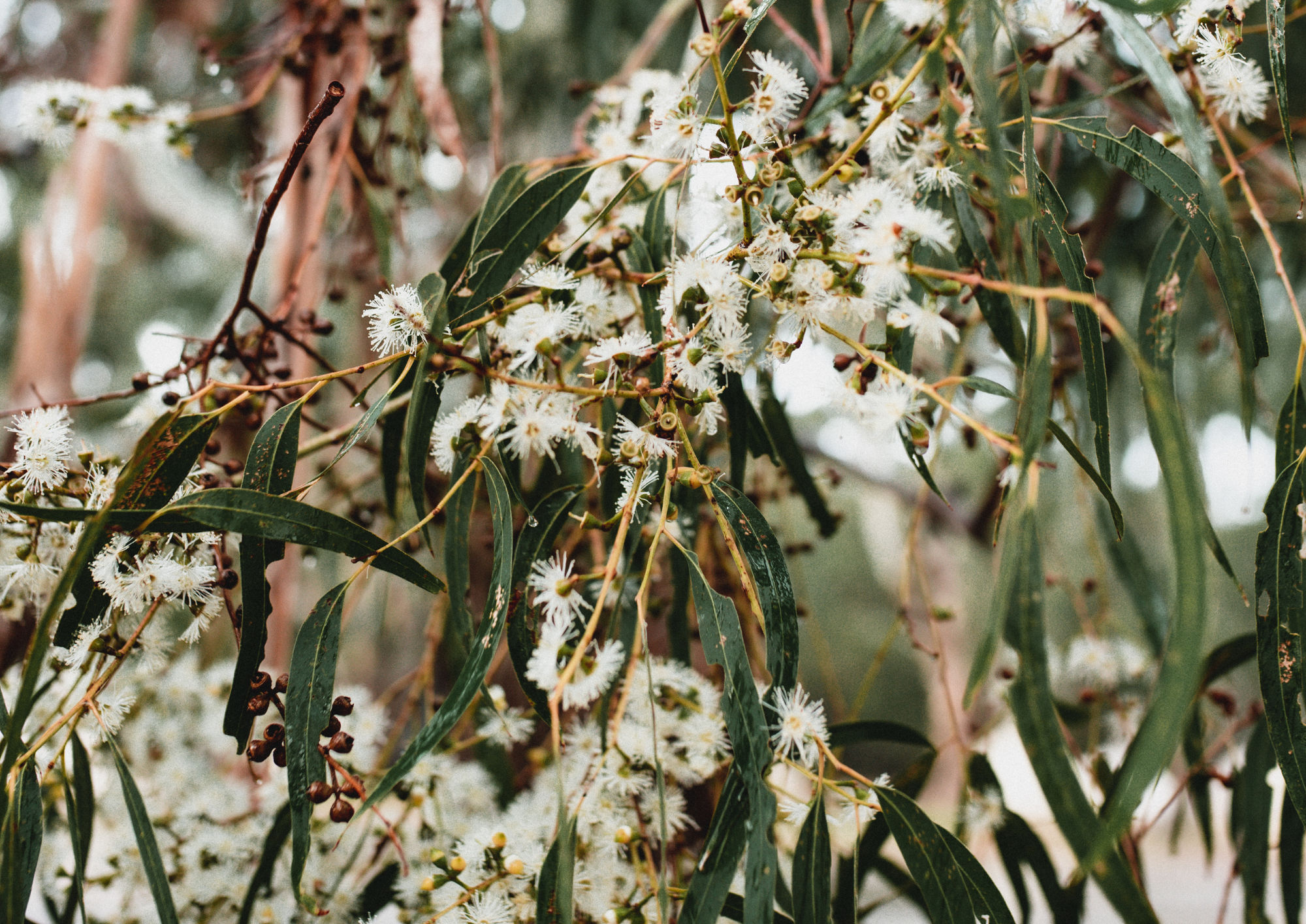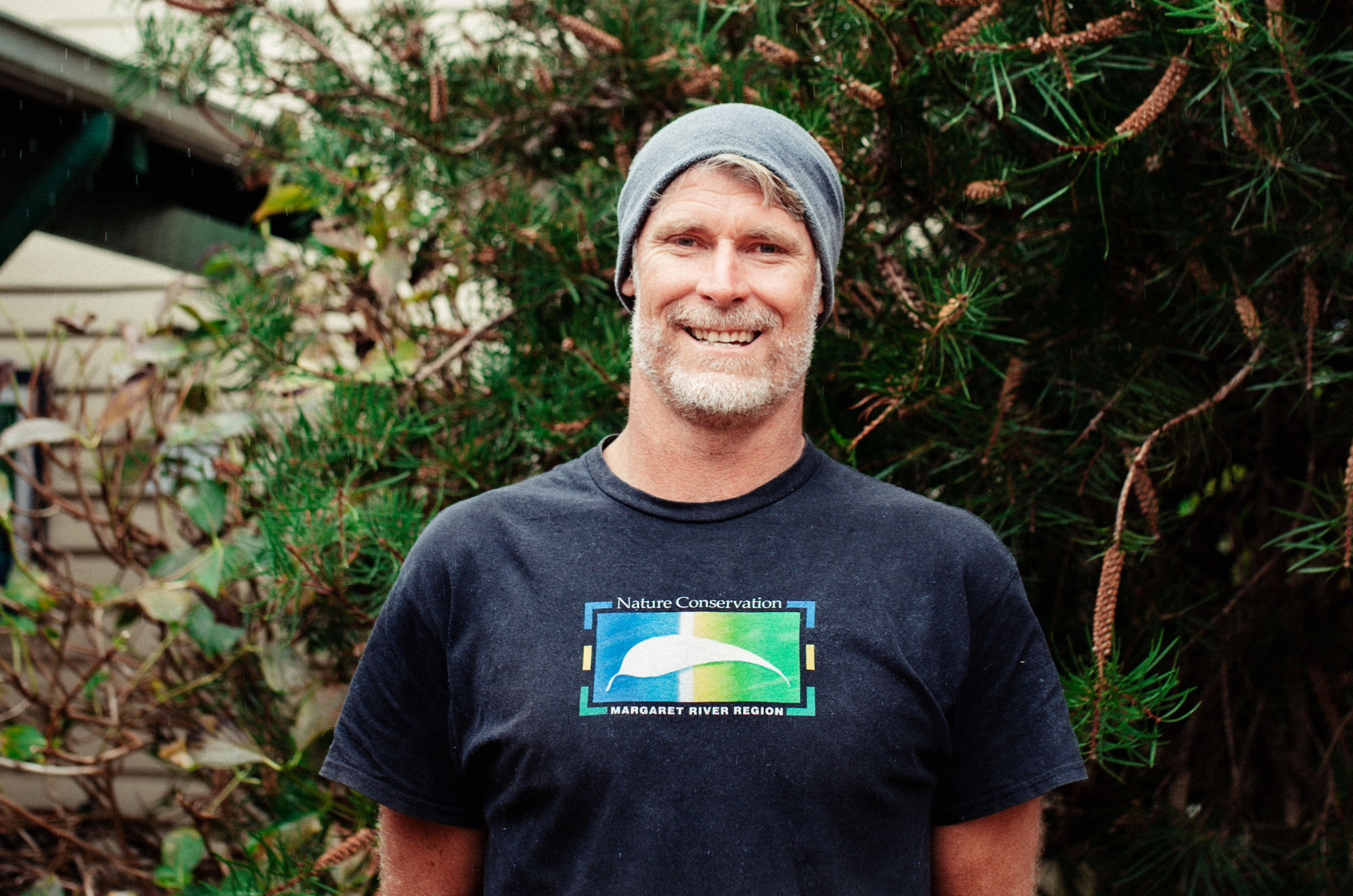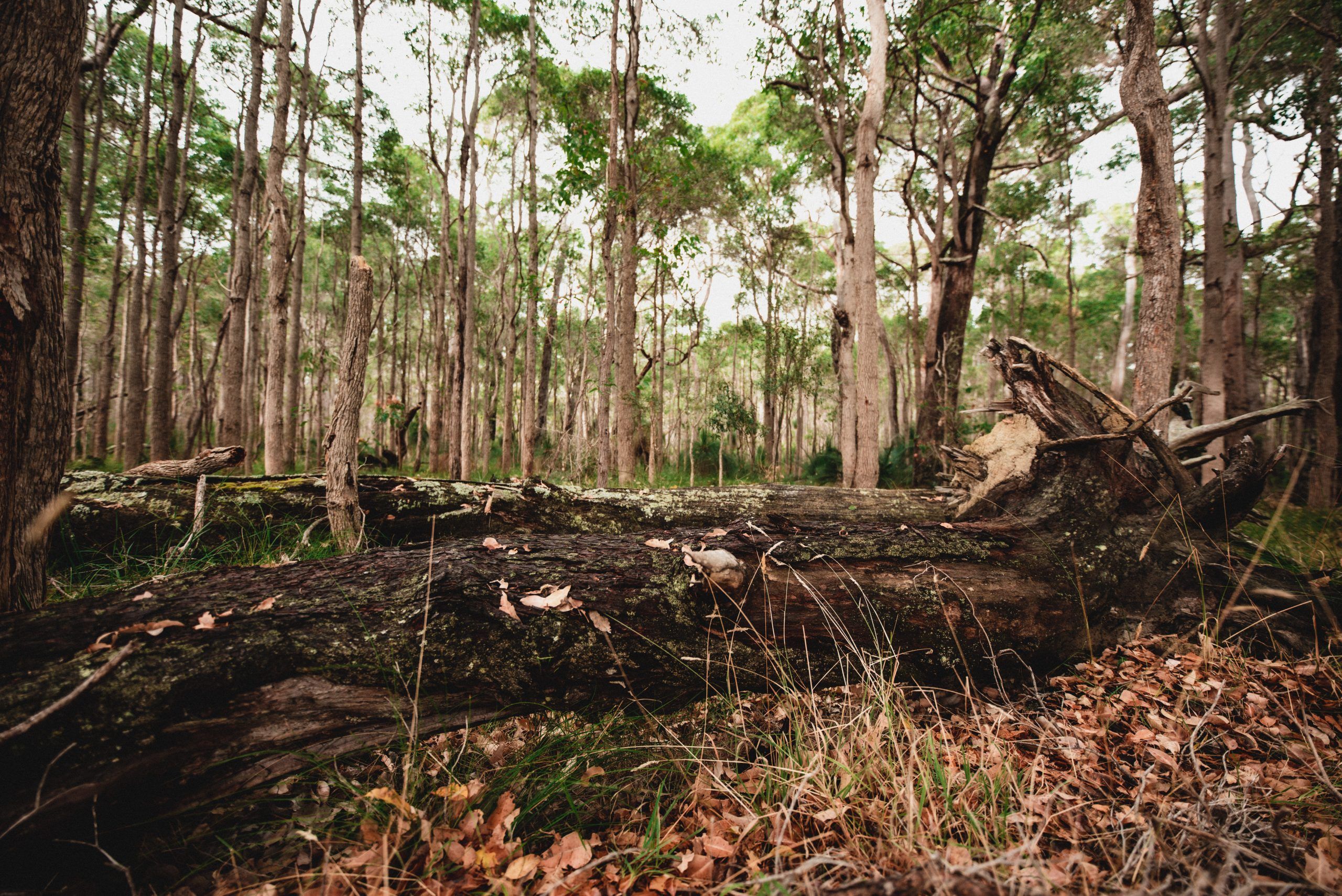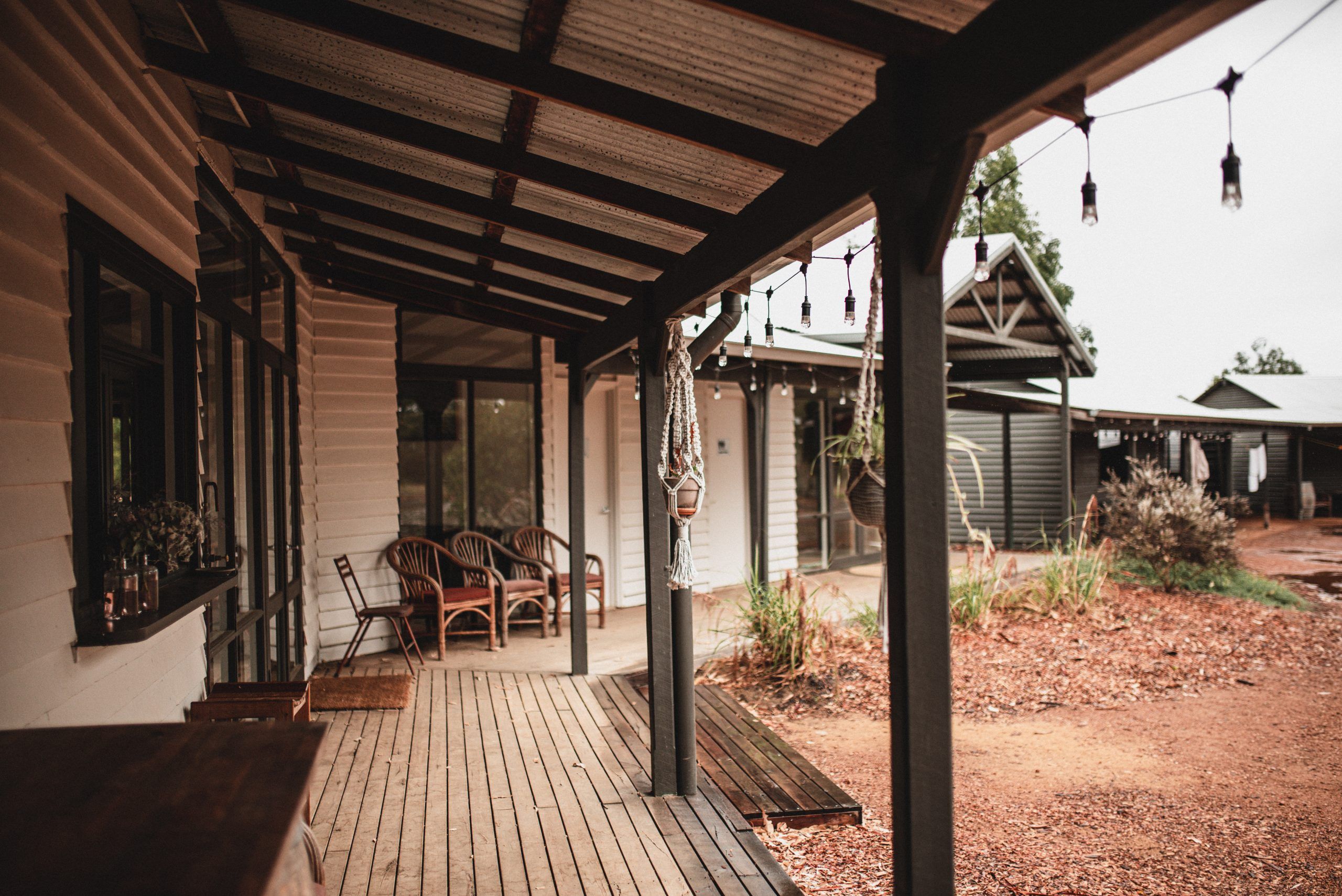Like a wine-making venture, the simultaneous appreciation and preservation of Wadandi Boodja is a matter of balance.
The unique terroir is a jewel in Western Australia, and for this reason, admirers flock to enjoy the wonder of its delicate composition. Caring for it means walking the line between pleasure, intervention, and restraint. The well-intentioned adoration of any natural setting comes at a cost, resulting in death by a thousand individually invisible cuts, be they footprints, emissions, snapped saplings, plastic waste or any other traces we tend to leave, no matter how careful.
Gradually, and now with some momentum, our collective realisation has occurred. Sustainability practices ingrained in Australian Indigenous culture, in fact the oldest known civilisation, for thousands of years, now has a modern name – regeneration. So, in the face of climate change and the ever-increasing tourism traffic, how do we ensure our jewel remains pristine while enjoying what’s on offer?
Images and words by Taya Reid.






